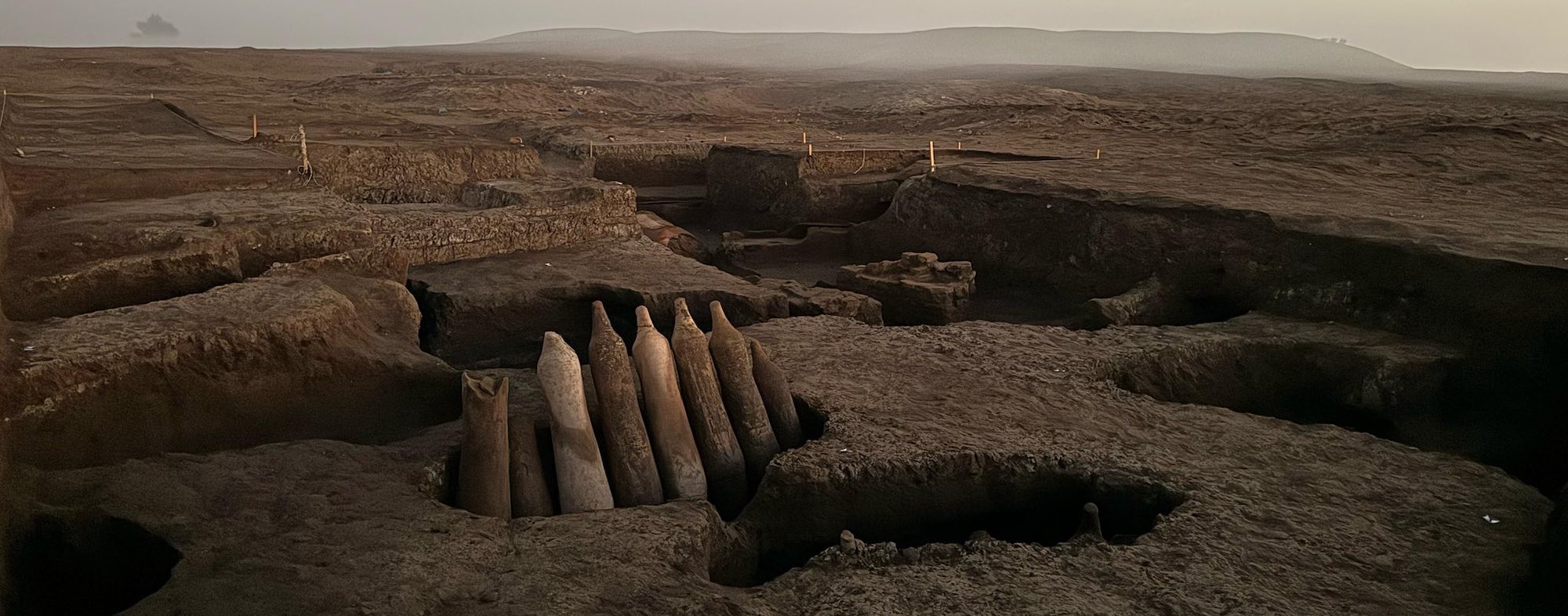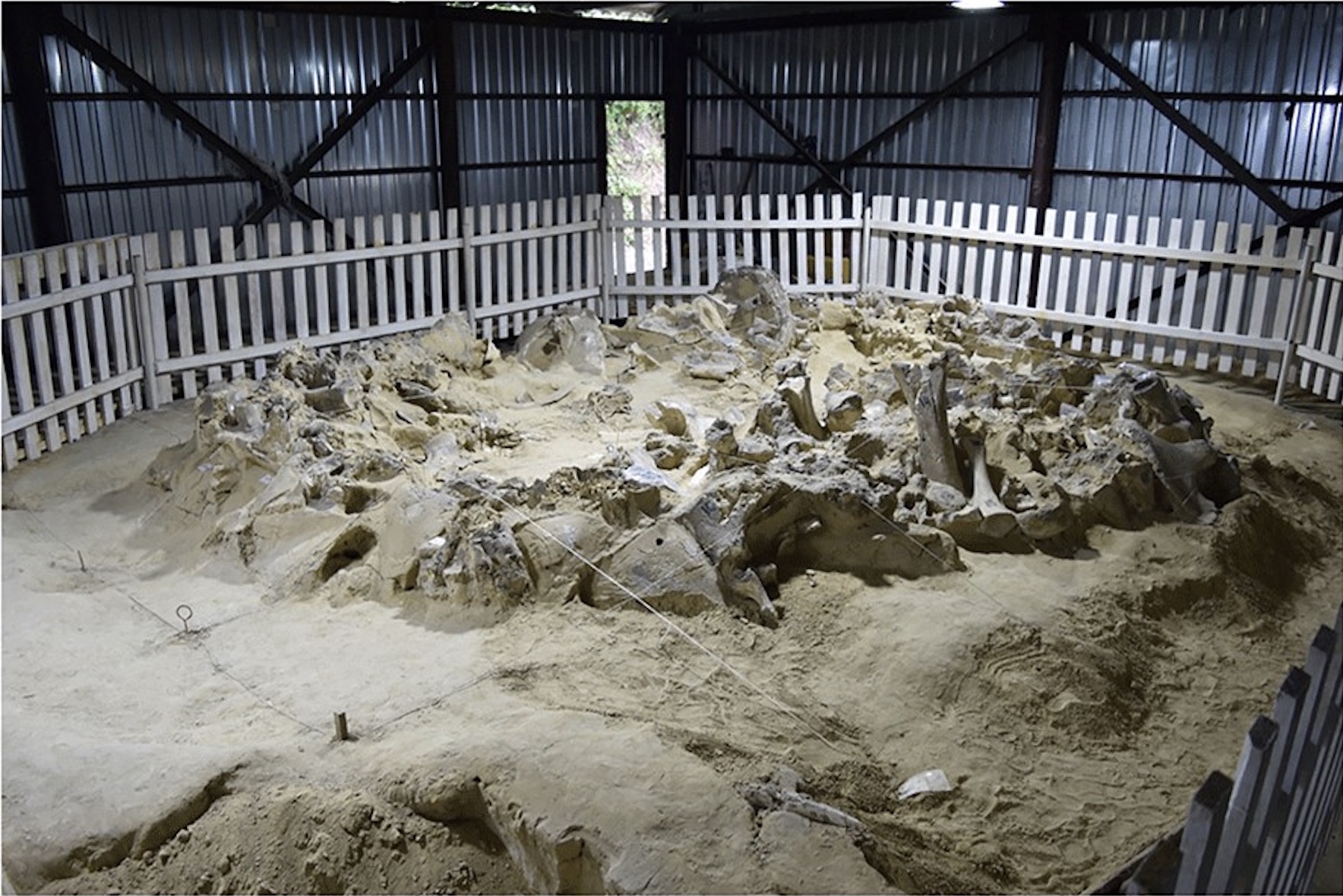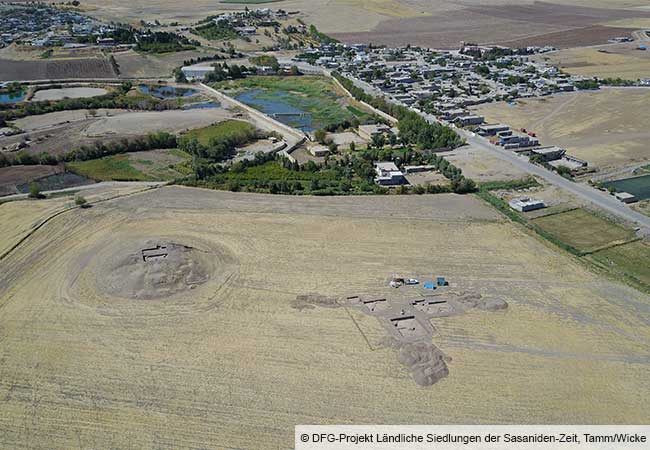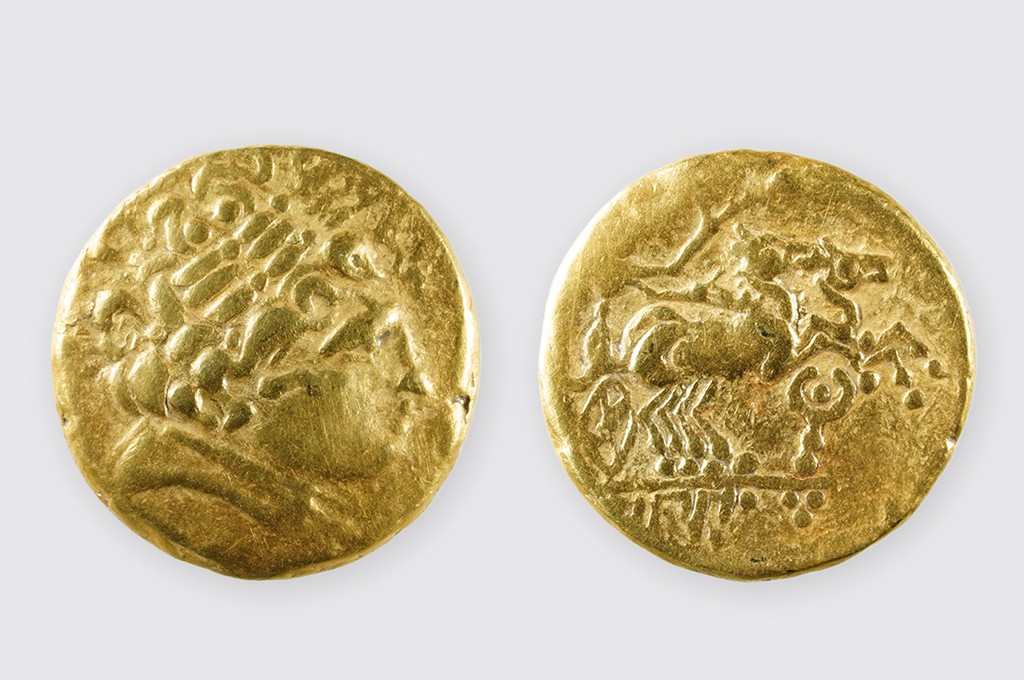News December 31, 2025
Large Hillfort Settlement Identified in Ireland

News December 31, 2025
Bones of Chaco Canyon’s Imported Parrots Reexamined

News December 31, 2025
Ancient Workshops and Necropolis Explored in Northern Egypt

Egyptian Ministry of Tourism and Antiquities
News December 30, 2025
Olive Oil Production Hub Excavated in Turkey

Alanya Alaaddin Keykubat University
News December 30, 2025
Lost Spanish Mission Found in Texas

Tamra Walter
News December 30, 2025
Iraq’s Iron Age Pottery Workshops Investigated

Andrea Squitieri
News December 29, 2025
New Dates Obtained for Mammoth-Bone Structure in Ukraine

Chu et al. 2025, Open Research Europe
News December 29, 2025
Sites in Iraq Suggest Zoroastrians and Christians Were Neighbors

© DFG-Projekt Ländliche Siedlungen der Sasaniden-Zeit, Tamm/Wicke
News December 26, 2025
How Many Hominin Species Migrated Out of Africa?

News December 26, 2025
Celtic Gold Coins Found in Switzerland

Photo: Nicole Gebhard/© Archaeology Baselland
NEVER MISS AN UPDATE
Sign up for our monthly e-Update which includes highlights of the current issue, links to special collections from the magazine’s archive, and opportunities available only for subscribers.

